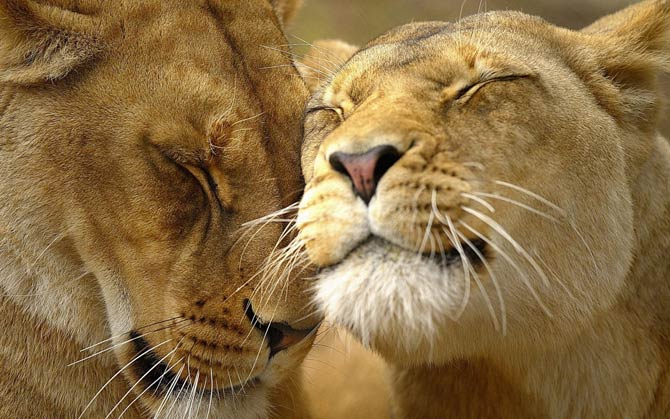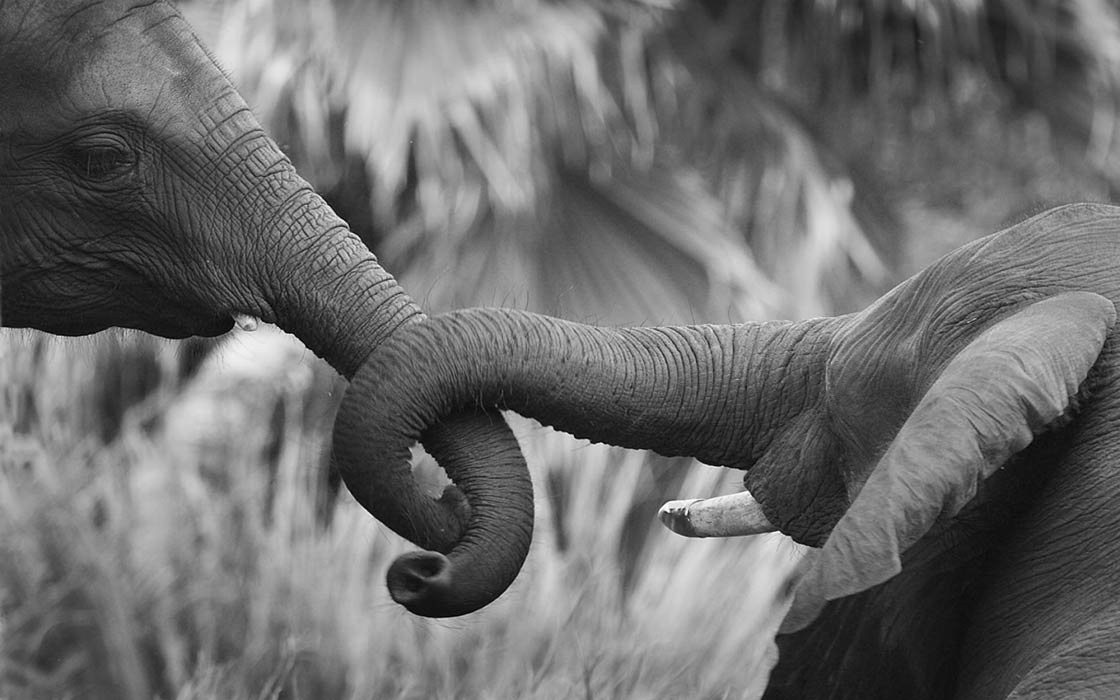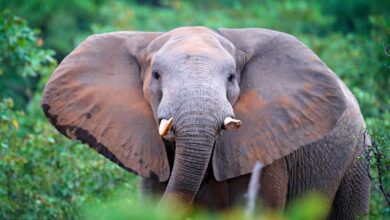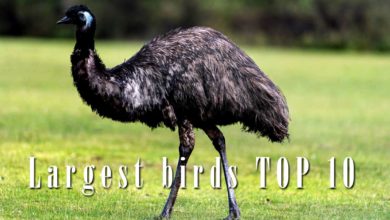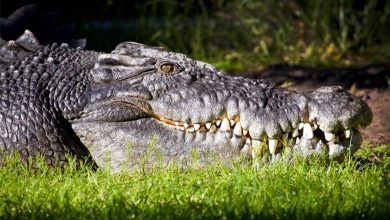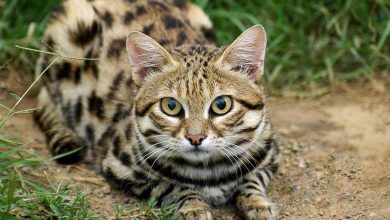Animals’ sexual behavior
In one of our previous articles, we touched upon the topic of homosexuality among animals. However, the sexuality of our older brothers is much more complex. Many of us find it difficult to realize that an “ordinary” monkey or swan may know what is betrayal, rape, and even intercourse with a sexually immature specimen of the same species.
Thanks to the article below, we will see that sexual relations in the animal kingdom are very similar to ours. The difference between animals and us in this matter, however, is that animals do not judge the behavior of their fellows. Let’s get to know the extremely sexually tolerant world of small and large animals.
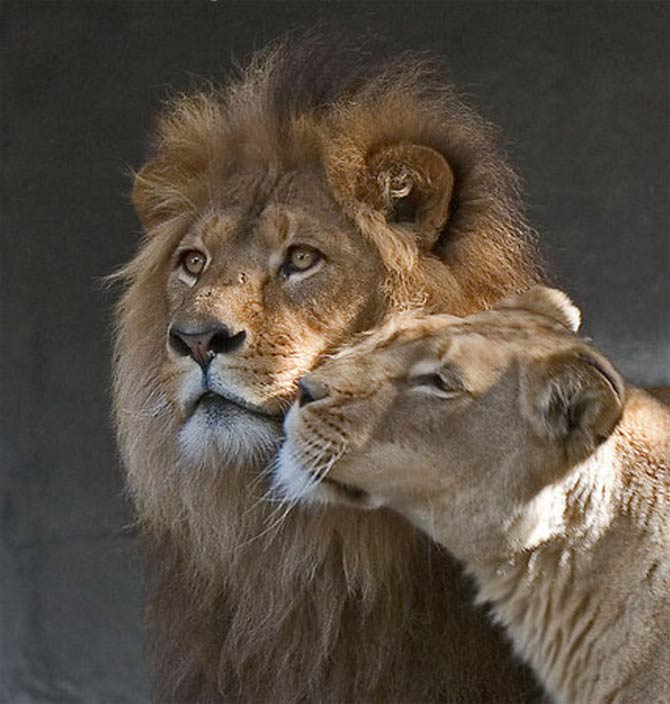
Mating systems
The mating system is also called the reproductive system. These terms are used to describe ways of creating sexual relationships.
The basic matchmaking systems include, among others:
- monogamy
- polygamy
- polyandry
- polygynandry
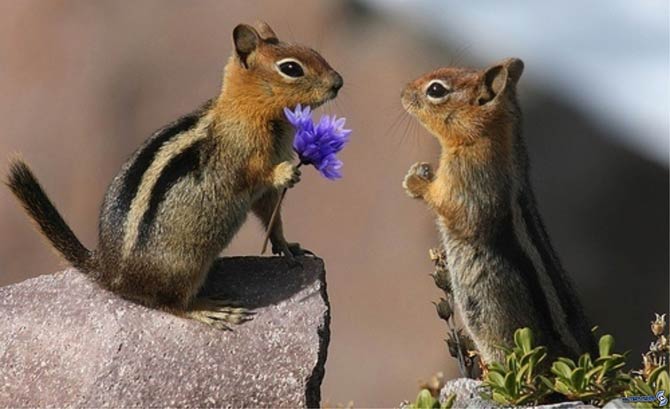
Monogamy
The definition of monogamy is very simple – it’s about exclusivity. One male has a sexual relationship with one female and vice versa. The animals that perform this system create permanent relationships and together take care of the offspring. Often such pairs are together “until death do them part”.
Typical monogamists, creating long-lasting pairs, include pigeons (Columbidae). Emperor penguins also form lasting relationships, but change mates each breeding season.
Betrayal in a relationship
However, union monogamy does not always go hand in hand with sexual monogamy – just like in humans, also in animals forming permanent relationships the phenomenon of betrayal (e.g. swans) occurs. It’s not uncommon for such “antics” to end in pregnancy.
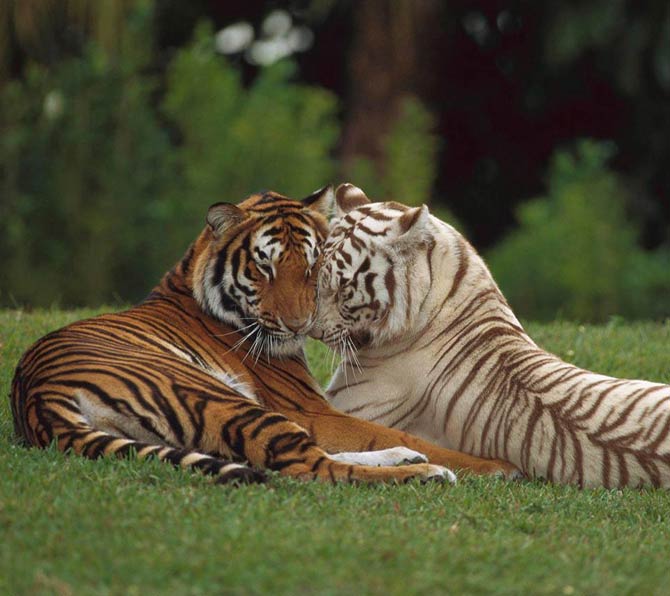
Types of monogamy
In the animal world, not only sexual monogamy is encountered, but also:
Social monogamy
Rare monogamy among animals. In this system, females and males may, for example, use one territory, treat each other as partners without sexual implication. More than 90% of bird species exhibit social monogamy, but among mammals only 3% do. The manifestation of social monogamy in humans is marriage. Social monogamy is found in approximately 15% of primates, but also in some reptiles, fish, and even insects.
Genetic monogamy
It occurs when a given couple has offspring only together.
All types of monogamy can occur singly, simultaneously, and in any combination.
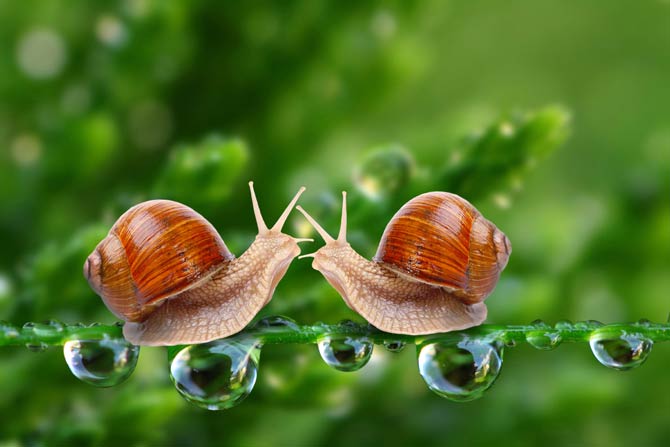
Types of polygamy
Polygyny
The opposite of monogamy, it only affects males. Males can mate with many females. This system is most common in harems (e.g. horses). In such an arrangement, it is usually the male who can afford to “jump from flower to flower”, while the females prefer to mate with only one partner. In polygamous groups, young males are treated as a competition, so young adults are often thrown out of the harems. Usually, however, a young and strong male, trying to become an alpha male, does various actions to ensure this.
- Among animals such as lions and hippos, young males can kill the offspring of an old alpha male.
- Horses and baboons oppress sexually pregnant alpha females, thus leading to miscarriages. Males of some species also send special pheromones to induce a female miscarriage.
- The new alpha male of the mouse exudes a smell that prevents the females from implanting a fertilized egg.
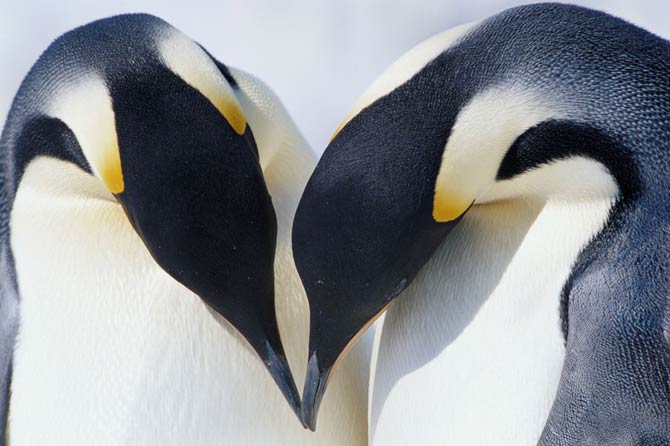
Polyandry
Female-specific system – they can mate with multiple partners. This system is found in ray-finned fish of the species Ophioblennius atlanticus, although polygyny is equally present in these fish.
The sacrifice of the male on the altar of species survival
The extreme form of polyandry is found in anglerfish (Lophiiformes). The males of these fish are much smaller than the females. When the male locates the female, he bites into her and then releases an enzyme to digest the skin of his mouth. This connects two fish with blood vessels.
The male gradually disappears. It loses its digestive organs at first, then the brain, heart, eyes and gonads. Sperm cells are released from the latter in response to hormones in the female’s blood “announcing” that an egg has been released. Due to this extreme form of sexual dimorphism, the female has a partner “at hand” at the time of fertility.
One female can thus absorb several males simultaneously.
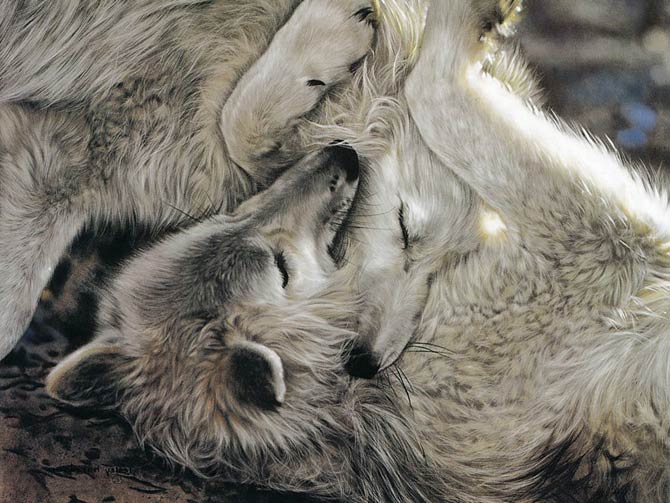
Polygynandry
This form of polygamy involves the mating of many males to many females and vice versa. This system is present among Bonobo chimpanzees (Pan paniscus) and common chimpanzees (Pan troglodytes).
Such species live in large social groups, consisting of males and females. Each female mates with several males, and each male mates with multiple females. Among the most promiscuous animals in this group (and not only) are the Bonobo dwarf chimpanzees. In these primates, sex is a form of conflict alleviation as well as a way of creating positive relationships among group members.
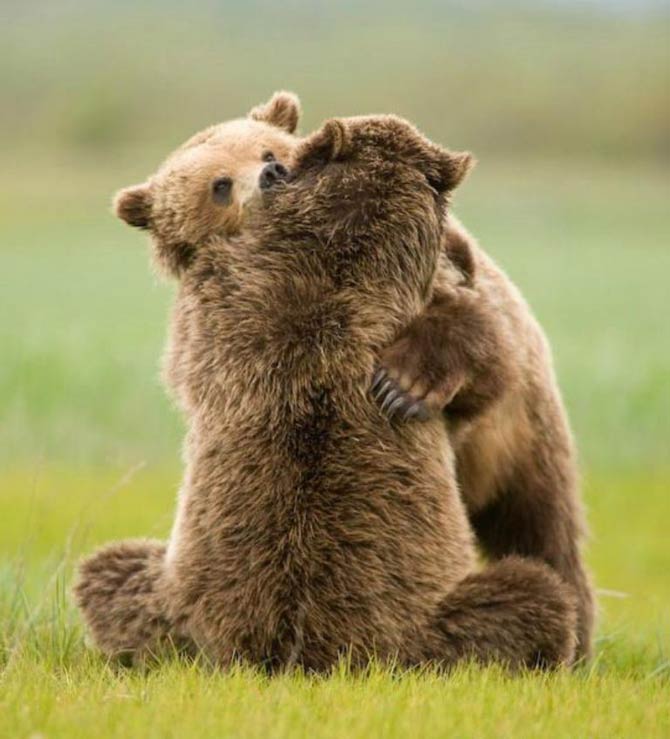
Other sexual behavior of animals
Dicliny / Single sexuality
We talk about same-sex when there are only males or only females in a given species. This phenomenon is observed in several species of fish. Calandino (Squalius alburnoides), fish that swim in the waters of Spain and Portugal, are only males. This may be evidence of very complex reproductive techniques.
Hermaphroditism / intersexuality
The word “hermaphrodite” or “epicene” has appeared in many of our articles. Both terms can be used interchangeably because they refer to the same phenomenon – one individual has both male and female sexual organs. Sometimes, hermaphrodites can also change genders. This phenomenon is rare in vertebrates, but it is common in invertebrates.
A hermaphroditic animal usually changes sex at a certain point in its life. As a rule, females turn into males, e.g. when the dominant male is removed from the female group. In such a situation, the largest female transforms into a male within a few days and becomes the leader of the herd. This technique has been mastered to perfection by fish from coral reefs, mainly wrasses (Labridae) and parrotfishes (Scaridae).
The transformation of a male into a female also happens, but is much less common.
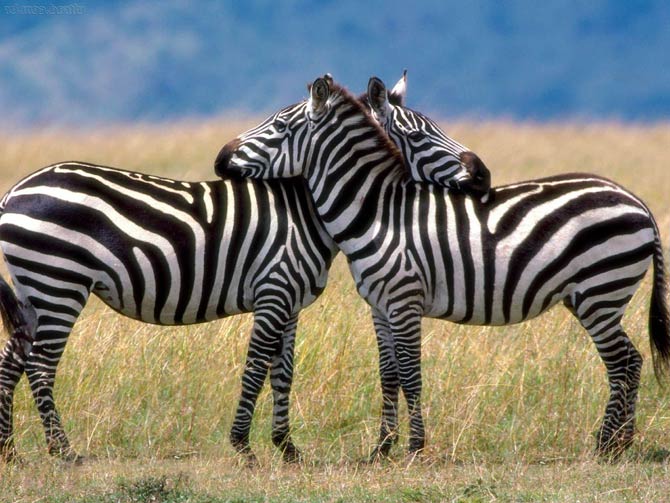
Sexual compulsion
As you can guess, this behavior consists in brutally forcing a partner to copulate. In the animal kingdom, it is allowed to do so by birds: ducks, geese and the white-fronted bee-eater (Merops bullockoides), as well as many mammals, including herbivores.
Sexual compulsion is also encountered among insects, mainly water beetles of the genus Acilius.
Such actions suggest that there is no place for courtship during the mating season, because it is about the rapid transfer of genes. The males of these insects mate with one female in the water, allowing her to breathe only once in a while.
Such forced copulation may take up to 6 hours so that another male does not have the opportunity to transfer his genetic material.
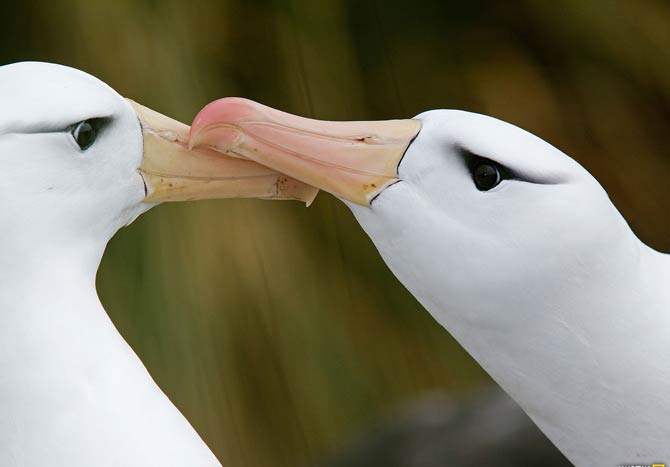
Virgin birth or parthenogenesis
Virgin birth is more scientifically called parthenogenesis. In species that can reproduce in this way, the embryo develops without sperm. As you can easily guess, virgin birth is performed by females.
It mainly concerns reptiles, including the largest modern lizards in the world – Komodo dragons (Varanus komodoensis), as well as lizards of the genus Cnemidophorus. In the latter case, mating with the male is rather rare, and more often the females are fully responsible for reproduction.
There is a so-called “pseudocopulation”. It aims to induce ovulation. The role of the male in this unusual pair is played by females with low estrogen levels, while those with high levels of female hormones are female.
Virgin birth is sometimes found among fish, mainly in the Atheriniformes of the species Menidia clarkhubbsi, as well as in the Mexican species of the genus Poecilia.
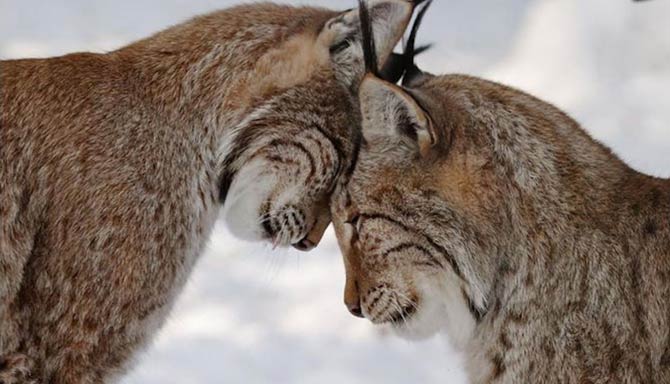
Non-reproductive sexual behavior of animals
This may surprise many people, but there are species that exhibit sexual behaviors that have little to do with fertilization. Such behaviors include:
- Bisexuality and homosexuality (there is a separate article on this topic)
- Masturbation
- Oral sex
- Interspecies copulation
- Copulation with sexually immature individuals (e.g. in ermine (Mustela erminea) and dwarf chimpanzees)
- Necrophilia – the phenomenon of copulation of a living individual with a dead animal occurs in mammals, birds, reptiles and frogs.
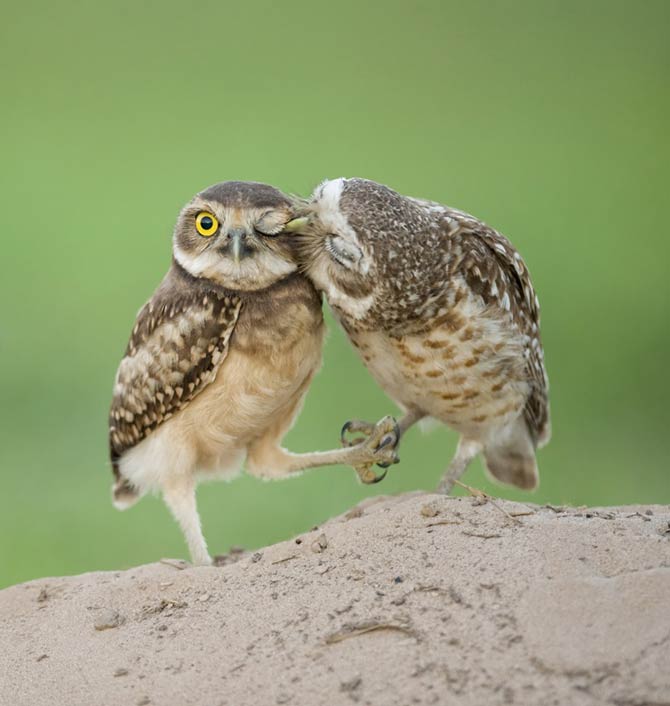
Do animals get sexual pleasure?
For many years, the subject of animal sexuality did not exist in the scientific community. It was a taboo subject. However, when the issue was raised, many experts concluded that no animal but man enjoys sex.
An alternative view, however, was that, in addition to pigs and humans, sexual fulfillment may be felt by dolphins and 1-2 species of primates.
Even today, the mainstream thought in this matter is that animals mate with each other for the sole purpose of extending the species. Some researchers, such as Jonathan Balcombe, however, argue that the prevalence of sexual behavior such as masturbation, homosexuality, and oral sex (i.e., non-fertilizing behavior) is a strong indication that at least some species are sexually stimulated solely for pleasure.
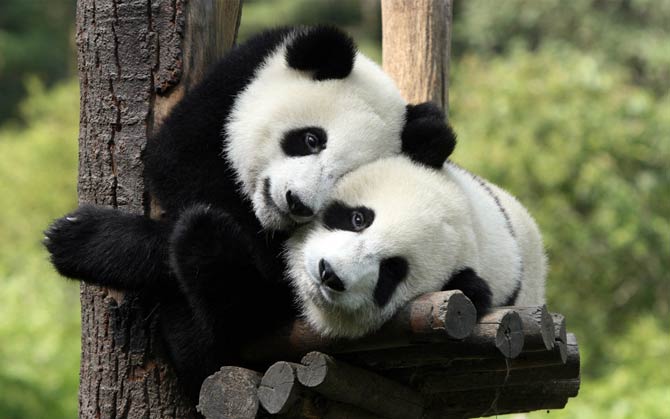
Or maybe so?
Balcombe also points out that some female mammals have a clitoris that has no role in fertilization other than pleasure. There is also evidence that some female primates have an orgasm.
However, since we are neither dolphins nor Bonobo chimpanzees, we cannot categorically state what emotions and feelings accompany these animals during copulation. It is even difficult to say whether animals perceive potential pleasure from sexual behavior in the same (or even similar) way as we do.
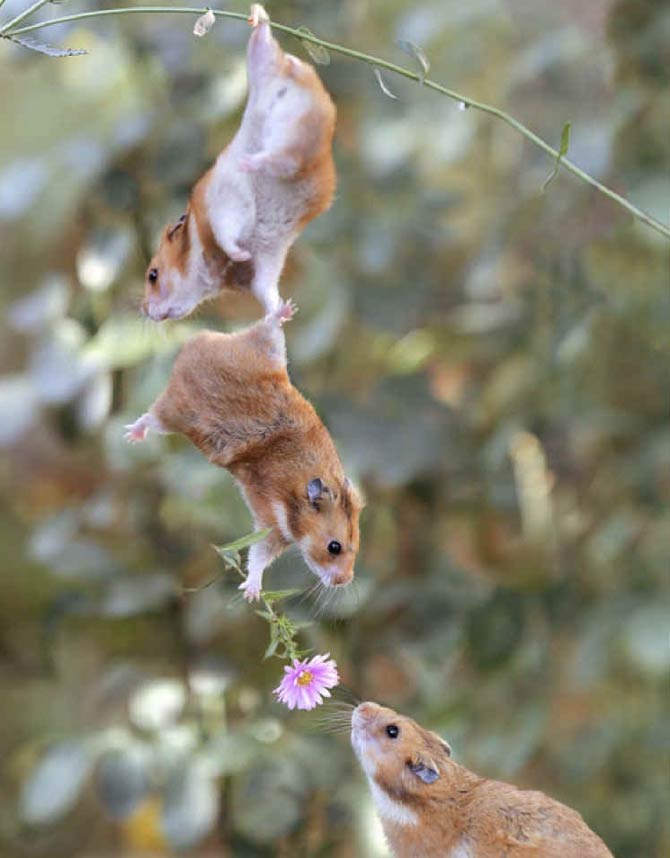
Sexual behavior of animals – interesting facts
- Monogamous animals exhibit a lower level of aggression and competition than polygamous animals.
- About 90% of mammalian species show polygyny.
- Hermaphroditism occurs in 14 families of osseous fish.
- Virgin birth is found in 70 species of vertebrates, including hammerhead sharks (Sphyrnidae), blacktip sharks (Carcharhinus limbatus), amphibians, and crayfish.
- It was reported that young South African male elephants sexually harassed and then killed rhinos. However, the researchers concluded that the elephants’ unusual brutal behavior was not sexually explicit.
- Seahorses, considered monogamous for years, have proven to be one of the most promiscuous animals. On the basis of observations, the researchers showed that out of 3,168 sexual contacts of 90 seahorses, 37% of them were homosexual.
